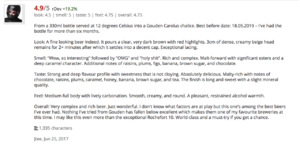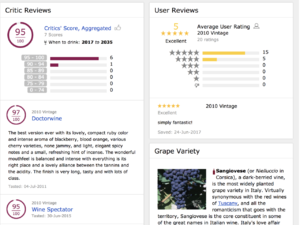- Joined
- Jul 27, 2009
- Messages
- 4,170
Serg,
Believe me, I share your view about the importance of great communication and messaging around the beauty and visual performance of diamonds. If your theory is correct that manufacturers need more direct communication with consumers, the good news is that it's certainly happening as suppliers throughout the chain evolve to be more 'vertical' with direct to consumer websites, etc.
But what is the vehicle for unified messaging? In other words, how do you see your vision of better understanding of consumer preferences and communication of different levels of performance and tastes being implemented? Would the manufacturers get together and create an effective marketing plan? Is that in their nature and within their core competencies?
Doesn't it all have to start from some generally accepted rating system? Otherwise, like David and Garry suggest, it will just be the same big jumble of different merchants doing their best to 'romance the stone' in their own way.
How do you see the industry singing like a chorus in harmony rather than sounding like an orchestra tuning up before a performance?
Believe me, I share your view about the importance of great communication and messaging around the beauty and visual performance of diamonds. If your theory is correct that manufacturers need more direct communication with consumers, the good news is that it's certainly happening as suppliers throughout the chain evolve to be more 'vertical' with direct to consumer websites, etc.
But what is the vehicle for unified messaging? In other words, how do you see your vision of better understanding of consumer preferences and communication of different levels of performance and tastes being implemented? Would the manufacturers get together and create an effective marketing plan? Is that in their nature and within their core competencies?
Doesn't it all have to start from some generally accepted rating system? Otherwise, like David and Garry suggest, it will just be the same big jumble of different merchants doing their best to 'romance the stone' in their own way.
How do you see the industry singing like a chorus in harmony rather than sounding like an orchestra tuning up before a performance?





300x240.png)